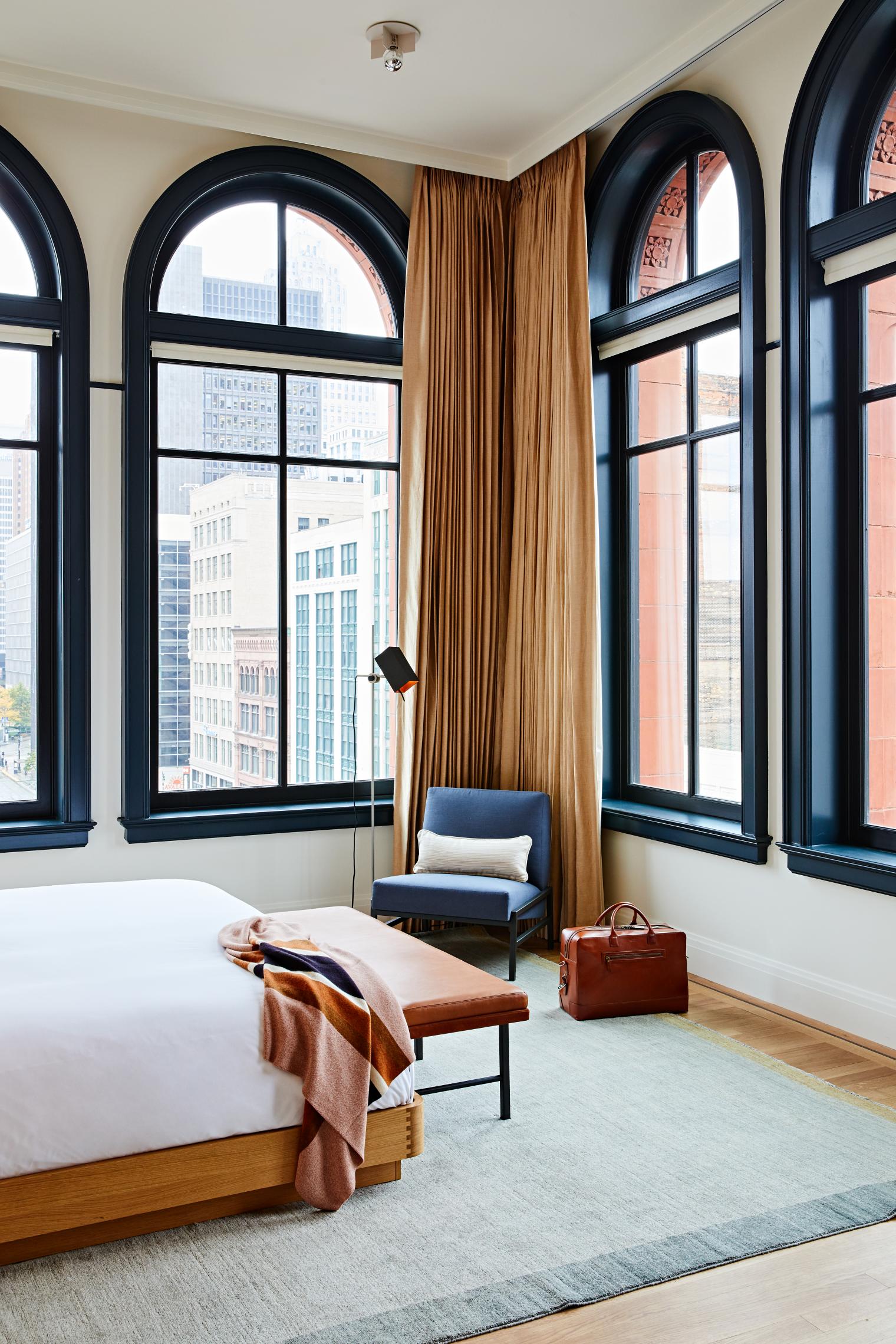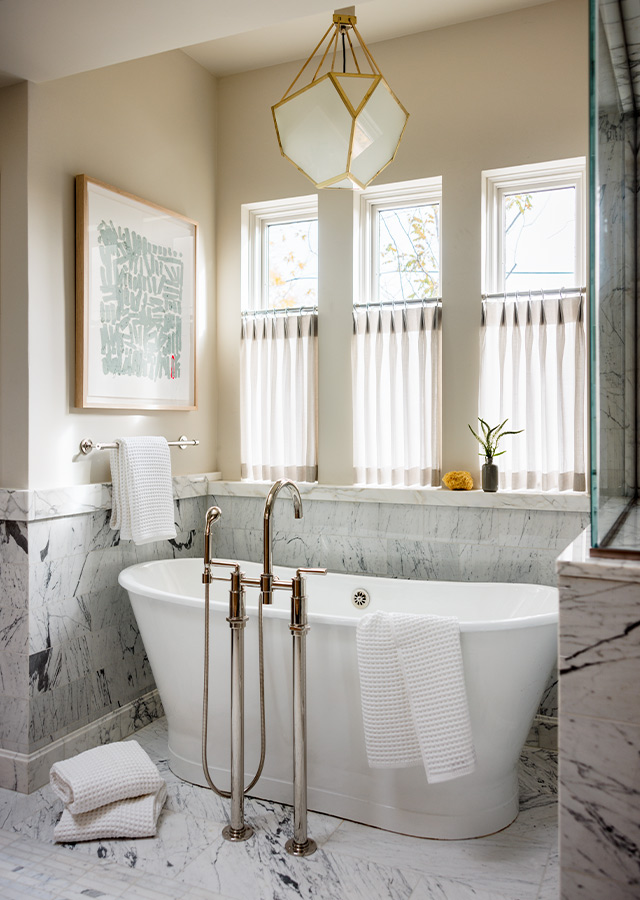The Ultimate Guide to Blinds: Types, Benefits, and Selecting the Right Suitable For You
The world of home window treatments is large and varied. Blinds can be found in countless designs, each offering unique benefits for various settings. Recognizing these choices is necessary for making educated decisions. Furthermore, aspects like product choice and room performance play a substantial role. As one takes into consideration the excellent balance in between visual appeals and functionality, the subtleties of gauging and preserving blinds likewise become key elements. What should one focus on when selecting the suitable window service?
Kinds of Blinds: A Detailed Overview
Blinds act as both functional and visual elements in indoor layout, providing numerous alternatives to match varied choices and requirements. Among the most popular types are Venetian blinds, defined by horizontal slats that can be readjusted for light control and privacy. Roller blinds, recognized for their simplicity and adaptability, come in a variety of patterns and materials, making them ideal for standard and modern-day setups. Upright blinds, commonly used for larger windows or moving doors, permit easy change and are frequently made from fabric or plastic.
Roman blinds, with their stylish folds, add a touch of elegance to any area, while mobile shades offer insulation and power efficiency. Furthermore, bamboo blinds provide a natural, environment-friendly choice, instilling areas with heat. Each kind has distinct features and styles, making sure homeowners can find the excellent suitable for their certain design and useful requirements.
Advantages of Putting Up Blinds in Your Home
The installment of blinds in a home provides numerous significant benefits. They offer boosted personal privacy control, permitting property owners to regulate presence from the outside. Additionally, blinds add to energy efficiency by aiding to handle indoor temperature levels, reducing the reliance on heating and cooling systems.
Boosted Privacy Control
Installing blinds uses a substantial benefit in personal privacy control when property owners seek to improve their living spaces. Blinds supply a functional solution for controling exposure from both the exterior and interior of the home. By readjusting the slats or increasing the blinds, people can easily take care of the amount of light entering while concurrently blocking the view from outdoors. This flexibility enables homeowners to produce a comfortable environment without sacrificing natural light. Furthermore, different styles and products are available, ensuring that property owners can select options that flawlessly mix with their decoration while improving privacy. Eventually, the installment of blinds acts as an efficient ways to secure individual room, urging leisure and assurance within the home environment.
Energy Performance Renovation
Installing blinds not just enhances privacy however likewise substantially adds to power performance in the home. By controling all-natural light and reducing heat transfer, blinds can help keep a regular interior temperature. During warmer months, closing blinds can shut out too much sunlight, therefore reducing the reliance on air conditioning. Conversely, in cooler months, they can give insulation by trapping warmth, minimizing heating costs. In addition, energy-efficient blinds, such as mobile tones, are created particularly to decrease energy loss. By buying quality blinds, house owners can create a much more comfy living setting while also lowering power expenses. Eventually, the setup of blinds works as a practical option for those seeking to enhance both convenience and power efficiency in their homes.
How to Pick the Right Blinds for each and every Area
Just how can one establish one of the most ideal blinds for every space in a home? The option procedure starts with reviewing the space's purpose and setting. For instance, in living areas, flexible blinds that permit light control while making certain privacy are perfect. In rooms, blackout blinds can boost sleep quality by shutting out outside light.
Washrooms and cooking areas call for moisture-resistant options to stand up to moisture, making plastic or fake wood blinds ideal choices. Additionally, the preferred visual plays a vital function; working with blinds with the room's decoration boosts the overall atmosphere.
Take into consideration the amount of natural light each space receives; lighter blinds might be preferable for dark areas, while darker alternatives can include heat to sunlit areas. Inevitably, comprehending details needs and preferences for performance and design will direct property owners in making notified decisions tailored to every area's unique needs.
Product Options: Timber, Vinyl, Fabric, and More

Wood Blinds Benefits
Timber blinds are a preferred selection among homeowners looking for a mix of aesthetics and capability. One substantial advantage of timber blinds is their all-natural elegance, offering a cozy and welcoming appearance that boosts any kind of indoor decoration. They are readily available in different coatings and colors, enabling modification to match personal style. In addition, timber blinds offer superb light control and privacy, as their slats can be conveniently gotten used to filter sunlight while maintaining privacy. Their longevity is an additional advantage; with appropriate care, timber blinds can last for years without shedding their appeal (Phoenix drapes). Moreover, they have insulating residential or commercial properties, assisting to control interior temperatures and possibly lowering energy costs. Generally, timber blinds merge sophistication and practicality, making them an excellent selection for many families
Plastic Resilience Includes
Vinyl blinds attract attention for their phenomenal resilience, making them a sensible choice for different settings. These blinds are resistant to wetness, making them excellent for locations such as kitchen areas and shower rooms where moisture can be a concern. Unlike wood, plastic does not warp, split, or fade under sunshine, making certain long-lasting performance and very little maintenance. Additionally, they are available in a range of designs and shades, allowing property owners to personalize their appearance without giving up sturdiness. Plastic blinds are likewise easy to tidy; a straightforward clean with a damp cloth is often enough to maintain them looking fresh. In general, their strength and low upkeep make vinyl a popular option among homeowners seeking both functionality and visual allure.

Material Alternatives Introduction
Blinds can be found in a selection of material options that deal with different aesthetic and useful demands. Usual products consist of plastic, timber, and textile, each offering one-of-a-kind advantages. Wood blinds give a timeless, warm visual and exceptional insulation however call for maintenance to stop warping. Plastic blinds are moisture-resistant and sturdy, making them optimal for high-humidity anonymous areas like restrooms and cooking areas. Textile blinds, available in many shades and patterns, offer versatility and soft qualities, improving home style while offering differing levels of light filtering. In addition, options like artificial timber provide the appearance of all-natural wood with added toughness. When selecting blinds, it is crucial to assess the particular demands of each room to guarantee peak efficiency and style.
Measuring and Setting Up Blinds: Tips for Success
Although gauging and installing blinds may seem uncomplicated, cautious interest to information is crucial for attaining an excellent fit. Initially, it is important to measure the home window structure precisely, keeping in mind both the width and elevation. For inside installs, subtract a percentage from the width to guarantee a tidy fit, while outdoors places need to expand past the framework for far better light control and visual appeals. Utilizing a steel measuring tape is suggested for accuracy.
When installing, collect all essential devices, such as a degree, drill, and screws. Following the manufacturer's instructions is critical to guarantee proper installation. It is recommended to pre-drill holes to stop harming the braces. In addition, having a second individual can make the procedure smoother, particularly when lifting larger blinds. After installation, test the blinds to confirm they operate efficiently and adjust as required for maximum functionality.
Upkeep and Look After Lasting Blinds
Proper upkeep and care can greatly expand the life expectancy of window coverings. Normal dusting is vital; using a soft fabric or a microfiber duster can successfully remove dust without scraping surfaces. For much deeper cleaning, a mild solution of soap and water is advised, applied with a soft sponge, assuring that no dampness leaks right into the mechanisms.
For material blinds, place cleaning is recommended, while wooden blinds should be treated with a wood-safe cleaner to preserve their coating. Stay clear of exposing callous excessive wetness, heat, or straight sunshine, which can cause bending or fading.
Furthermore, periodic assessment of mechanisms and cables can avoid damage. It's a good idea to comply with manufacturer standards for details products, as different blinds may have unique treatment requirements. By embracing these basic upkeep methods, property owners can guarantee their blinds stay useful and cosmetically pleasing for many years to find.
Often Asked Questions
Can Blinds Help In Reducing Power Prices in My Home?
Blinds can effectively lower power costs in a home by offering insulation, blocking warm throughout More Info summer, and retaining heat in winter. Their ability to control light and air flow boosts energy effectiveness throughout the year.
Are There Child-Safe Options for Blinds?
Yes, there are child-safe options for blinds. These include cordless layouts, retracting cables, and safety and security gadgets that eliminate dangling cables, making certain a secure atmosphere for children while keeping performance and aesthetic allure in homes.

How Do Blinds Contrast to Tones or drapes?
Blinds normally provide a lot more precise light control and space performance than drapes or shades. Phoenix plantation shutters. They are usually much easier to keep and clean up, while curtains offer a softer visual, and tones can offer differing insulation advantages
Can I Customize the Design And Color of My Blinds?
Yes, blinds can be tailored in both design and color. Different makers use a wide variety of alternatives, permitting customers to choose materials, patterns, and tones that fit their personal visual and home decor.
What Is the Average Life Expectancy of Various Kinds Of Blinds?
The typical life-span of blinds differs: timber blinds last 5-10 years, synthetic timber 7-10 years, light weight aluminum 5-10 years, and fabric tones around 5 years, relying on direct exposure, upkeep, and usage to sunlight.
Cooking areas and restrooms require moisture-resistant options to endure moisture, making plastic or faux wood find more information blinds suitable selections. Timber blinds provide natural elegance and warmth, while vinyl gives resilience and convenience of upkeep. One substantial advantage of timber blinds is their natural elegance, offering a warm and inviting look that enhances any kind of indoor decor. Furthermore, wood blinds offer superb light control and privacy, as their slats can be easily changed to filter sunlight while keeping privacy. For fabric blinds, spot cleaning is a good idea, while wood blinds must be treated with a wood-safe cleaner to preserve their surface.